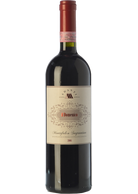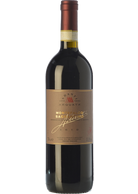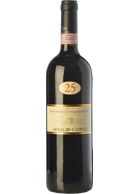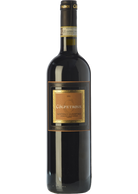Sagrantino
Sagrantino is certainly the native Umbrian red par excellence, and according to many its history should be traced back to the Hitriola grape mentioned by Pliny. Cultivated for centuries in Montefalco - an ancient village that Frederick II dedicated to falconry - and in the few neighbouring towns, the main one being Bevagna, sagrantino probably owes its name to the "sacredness" with which its grapes were considered, perhaps even recovered, in the Middle Ages, in the monasteries of the region. In 1600 those who stole it from the vineyards or had badly vinified it were sent to the gallows. With a low yield, sagrantino gives a deep ruby red wine, which tends to garnet with evolution. It has intense and straight aromas of candied fruit, spices and eucalyptus, with ethereal puffs as it ages. On the palate it expresses its characteristic powerful tannicity, which is difficult to integrate with time and that only a careful and long use of wood, even small and new, can at least in part blunt it without distorting it. Full-bodied and of great persistence, it also makes a great passito, a version that represents tradition for single-variety grapes; in fact, in the territory, it was and still is often vinified in blends with Sangiovese, which softens it.
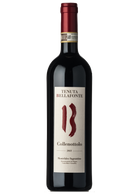
Tenuta Bellafonte Sagrantino Collenottolo 2015
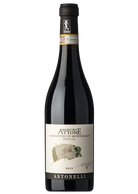
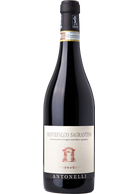
Antonelli San Marco Montefalco Sagrantino 2015
BIO
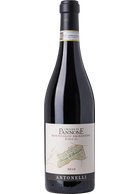
Antonelli San Marco Chiusa di Pannone 2015
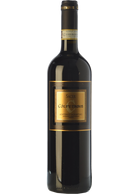
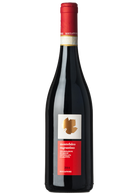
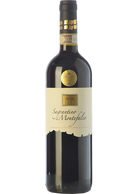
Signae Sagrantino di Montefalco 2011
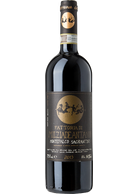
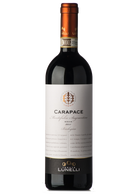
Lunelli Tenuta Castelbuono Sagrantino Carapace 2016

Caprai Montefalco Sagrantino Collepiano 2017

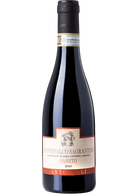
Antonelli San Marco Sagrantino Passito 2011 (0.37 L)
Sagrantino
Sagrantino is certainly the native Umbrian red par excellence, and according to many its history should be traced back to the Hitriola grape mentioned by Pliny. Cultivated for centuries in Montefalco - an ancient village that Frederick II dedicated to falconry - and in the few neighbouring towns, the main one being Bevagna, sagrantino probably owes its name to the "sacredness" with which its grapes were considered, perhaps even recovered, in the Middle Ages, in the monasteries of the region. In 1600 those who stole it from the vineyards or had badly vinified it were sent to the gallows. With a low yield, sagrantino gives a deep ruby red wine, which tends to garnet with evolution. It has intense and straight aromas of candied fruit, spices and eucalyptus, with ethereal puffs as it ages. On the palate it expresses its characteristic powerful tannicity, which is difficult to integrate with time and that only a careful and long use of wood, even small and new, can at least in part blunt it without distorting it. Full-bodied and of great persistence, it also makes a great passito, a version that represents tradition for single-variety grapes; in fact, in the territory, it was and still is often vinified in blends with Sangiovese, which softens it.

